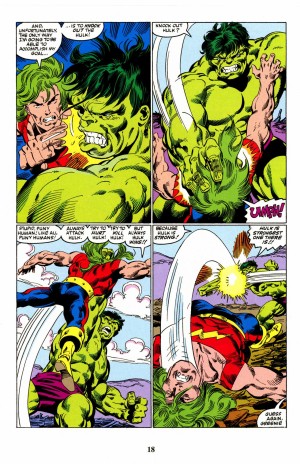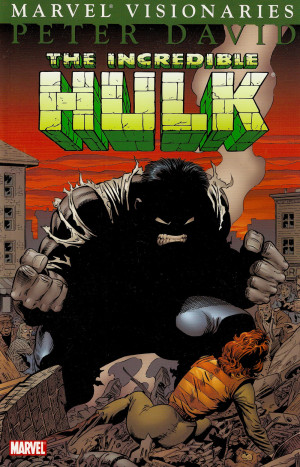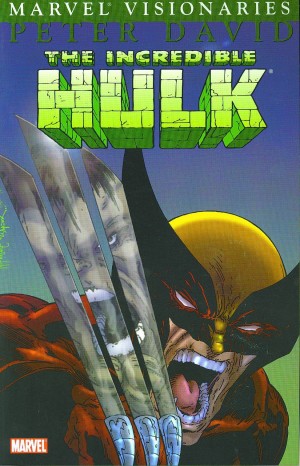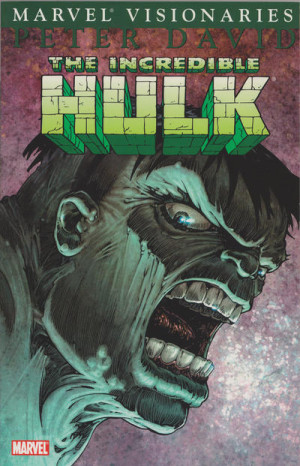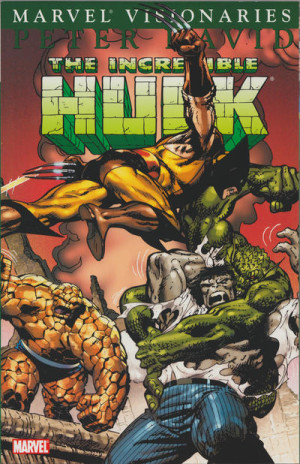Review by Ian Keogh
In 1985 John Byrne was near the top of the tree in the comics industry. Commercially successful and artistically dynamic, he also had the storyteller’s knack for producing page-turning superhero plots. At the time, there was some surprise that he’d want to spend time with the Hulk.
That Byrne had a creative vision for the Hulk is apparent. His second issue splits the Hulk and Bruce Banner from separate personalities into separate people. The Hulk inherits the mindless rage while Banner is the conflicted scientific genius he always was, seemingly no less troubled for the removal of his rampaging alter-ego. He forms the Hulkbusters, a team of specialists dedicated to containing the Hulk, and his rationalising seems to be leading somewhere, but never to fruition. Amid this there’s an early pause for what was originally an annual, an overly melodramatic and extended set-up for a music hall joke on the final page. It’s illustrated by Sal Buscema in his competent no-nonsense style.
The idea of separating Banner and the Hulk is good, but so much else is ordinary. Even allowing for the writing style of the era condoning massive expository information dumps or endless soul-searching justification, this is a book of absolute contrasts, but neither side of the coin really grabs. We move, for instance, from a pair of the new Hulkbusters discussing their options at tedious length over two pages to two of Doc Samson and the Hulk battering each other to a page of Bruce Banner’s doleful diary. There are also too many occasions where story elements are revealed as dreams, hallucinations or holographic projections. Once is a surprise, but every other issue is repetitious. So is a Hulk vs Doc Samson battle in every issue. By the penultimate issue we’re in risible territory with a character lying on the floor shot in the chest at close range as a wedding goes ahead.
If Byrne’s writing lacks compulsion, the same certainly doesn’t apply to his art, which is at his 1980s peak. His graphic sensibilities result in expansive pages where the Hulk’s power bursts from the panels, nowhere more so than when he takes on a selection of Marvel’s heavy hitters one after the other. Byrne has a fantastic ability to construct complex mind-warping machinery (although his Hulkbuster craft is very 1980s), and his people convince as real.
Although published as an issue of Marvel Fanfare, the final chapter here was apparently what Byrne intended to follow his wedding issue. It might have been better placed mid-run, as being told in single pages and completely different in tone it would have provided some much needed variation.
Marvel’s Visionaries title had been until this book accorded to creators who’d totted up a lengthy and acclaimed run on a particular title. Peter David’s run on the Hulk comes to mind, and Byrne’s on the Fantastic Four. It’s inconsistent that the six issues and an annual Byrne produced in 1985-1986 are similarly packaged. Despite the optimistic ‘Vol. 1’ suffix, this is the entirety of Byrne’s creative guidance on the Hulk, and, surprisingly, it’s run of the mill.

